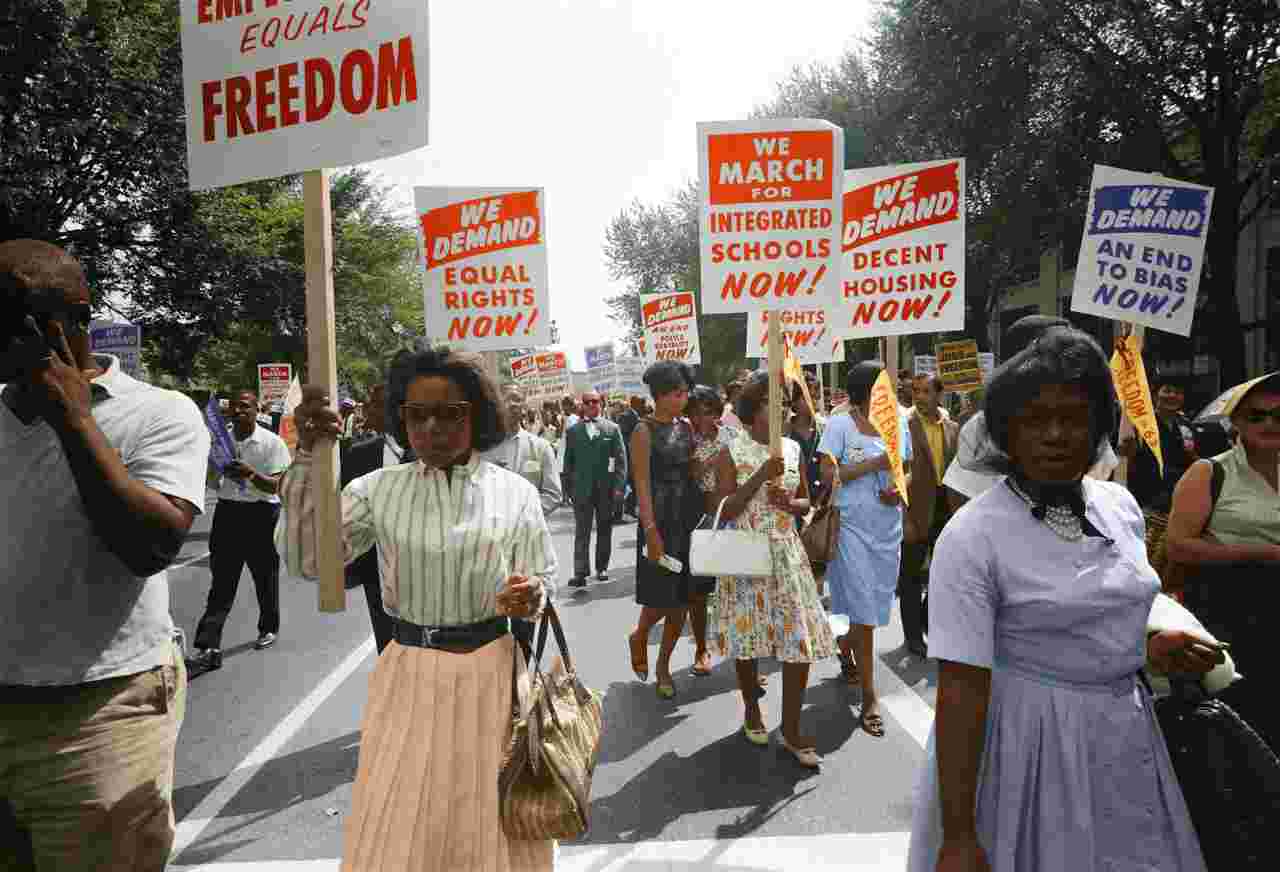Should Artists Have Total Freedom of Expression?

Essay Question
Artists need a certain amount of freedom to develop their creativity. Some people think that artists should have total freedom to express any thoughts and ideas.
To what extent do you agree or disagree?
Sample Answer
In any progressive society, the freedom of artists to express their ideas is vital for cultural evolution. Some argue that artists should have absolute liberty to voice any opinion or concept, regardless of its potential consequences. While I strongly support the need for artistic freedom to nurture genuine creativity, I contend that this freedom should exist within socially responsible limits to prevent harm and preserve cultural harmony.
Unrestricted expression enables artists to push boundaries, provoke thought, and challenge entrenched ideologies. The avant-garde movement, for instance, flourished precisely because artists broke from convention and redefined aesthetic norms. Historically, works like Pablo Picasso’s Guernica and George Orwell’s 1984 exemplify how art can become a vehicle for social and political commentary. Such contributions not only reflect personal expression but also catalyze collective introspection and change. Without the liberty to question or critique, art risks becoming stagnant and politically sanitized.
However, total artistic freedom is not without its perils. In a multicultural world, the definition of what constitutes “offensive” or “harmful” expression varies widely across cultural contexts. Art that is celebrated in one society might be perceived as deeply disrespectful in another. Moreover, under the guise of creativity, some works have disseminated hate speech, incited violence, or trivialized deeply traumatic experiences. Thus, a complete absence of regulation may open the door to content that undermines social cohesion or exploits sensitive themes.
That said, imposing restrictions on artistic expression is also fraught with challenges. Overregulation can suppress dissenting voices and lead to censorship that stifles critical thinking. The danger lies in who decides the boundaries and whether such decisions are influenced by political or ideological agendas. Therefore, rather than rigid controls, a more effective solution lies in fostering ethical responsibility among artists themselves, complemented by open dialogue within society. Education in media literacy and cultural sensitivity can also help audiences engage with controversial art in a more constructive manner.
In conclusion, while I firmly believe that artists should enjoy substantial freedom to express their thoughts and ideas, I do not advocate for absolute, unchecked liberty. A balanced approach one that respects creative autonomy while acknowledging the potential for cultural harm is essential to ensure that art remains both a powerful tool for expression and a force for societal good.